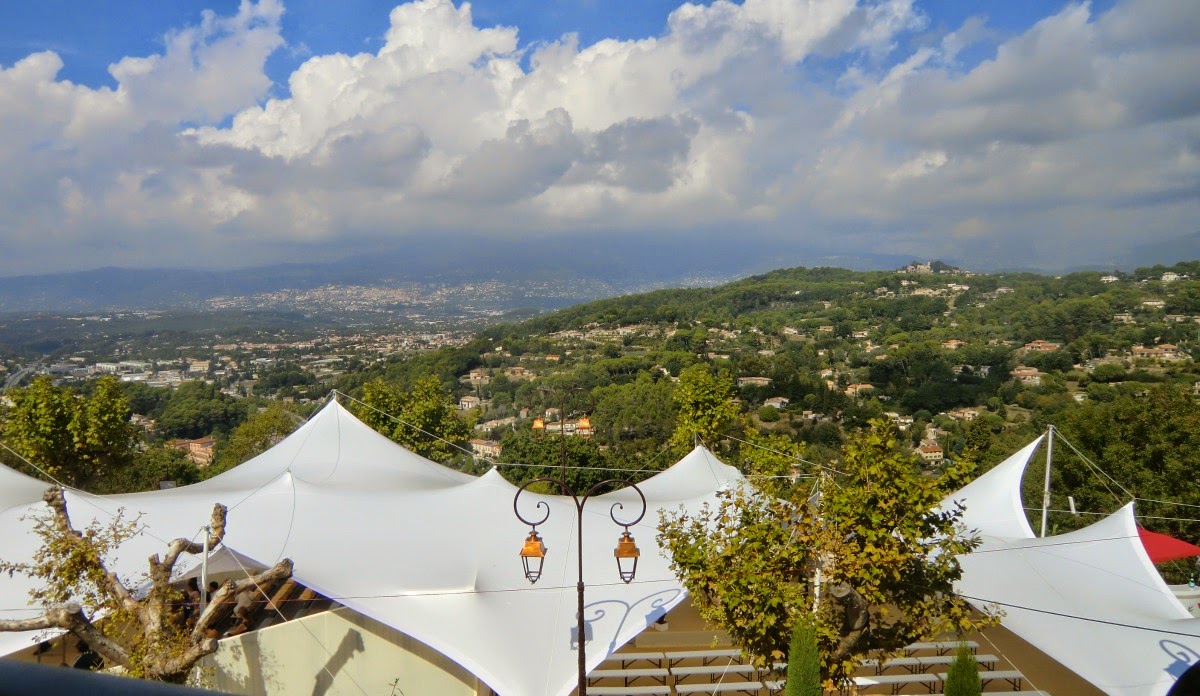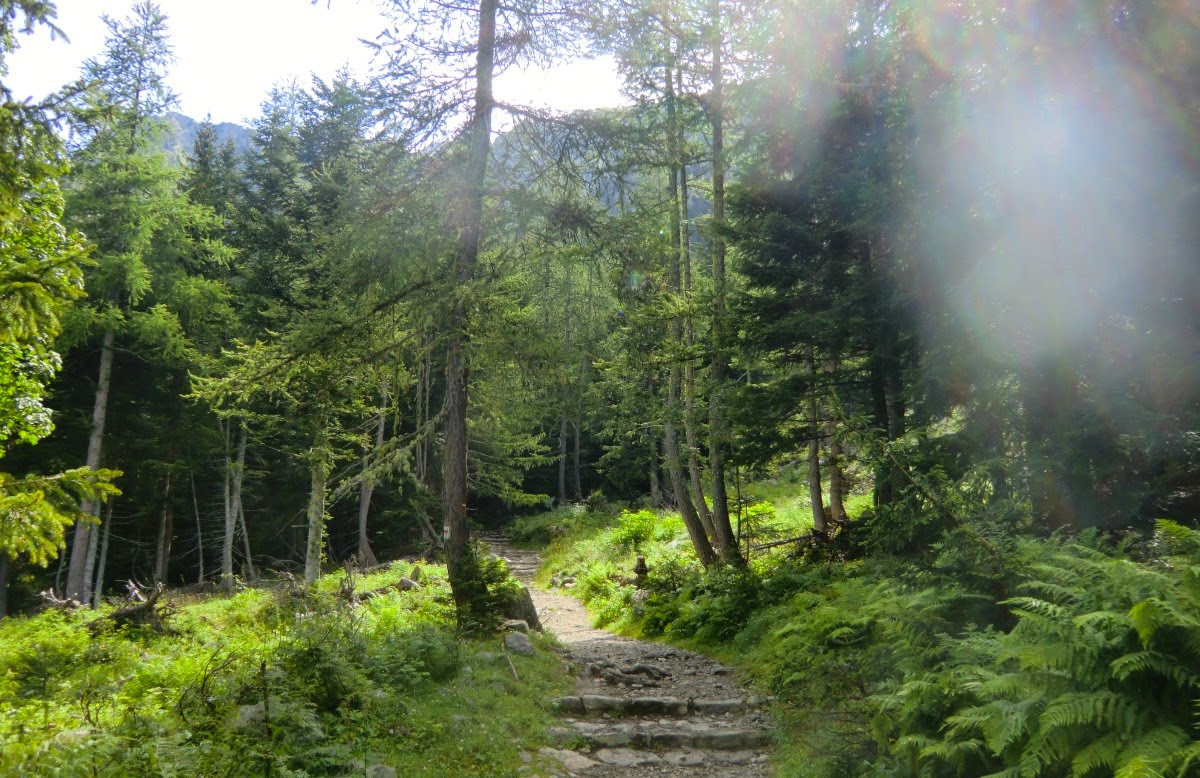Mougins Festival of Gastronomy
Every September numerous top chefs head to the medieval village of Mougins between Cannes and Grasse. The three-day event called Les Etoiles de Mougins includes cookery demonstrations, food tastings, competitions and cookery classes. In this stimulating environment top chefs demonstrate their skills, share information and discuss culinary trends. This year 130 chefs were expected to attend.
The village of Mougins is transformed into a vast open air theatre of gastronomy. The event was created in 2006 and has become more and more popular. This year’s theme was dessert, and many pastry chefs, chefs pâtissiers, from Côte d’Azur gourmet restaurants were present.
We had bought tickets to a demonstration by Emmanuel Lehrer and Guillaume Sinden from Le Mas de Pierre, Saint Paul .
Lehrer demonstrated Langoustine panée aux noisettes du Piemont, orge perlé facon risotto, betterave glacé et morceaux de Castelmagno, which could be translated as scampi sprinkled with hazelnut flour, pearl barley risotto decorated with small beet balls and pieces of Italian Castelmagno cheese, délicieux! I am definitely going to try his recipe.
using minced herbs and minced marinated lemon peel and how to decorate the final dish with beetroot and edible flowers. We got to taste the dish with a glass of champagne,
Simultaneously Sinden demonstrated the dessert which was a verrine, a glass of green lemon mousse, nut and almond biscuit and a gelatin tube filled with nut and almond mousse. I am afraid this recipe is beyond my scope; even Sinden admitted that it was a bit délicat to make. The taste was wonderfully nutty but fresh.
After the demonstration we headed to L’Amandier where we had booked a table for lunch. We chose Formule Déjeuner which at 19 € was a bargain. On Saturdays they serve a well made Soupe de Poissons de Roche, a fish soup made according to the traditions in Nice. This soup is twice pureed in a food mill so it is totally different from bouillabaisse in Marseille. The main dish was served with a glass of nice local wine and followed by café gourmand. The service was impeccable and we enjoyed the super view from the terrace on a warm afternoon.

















































